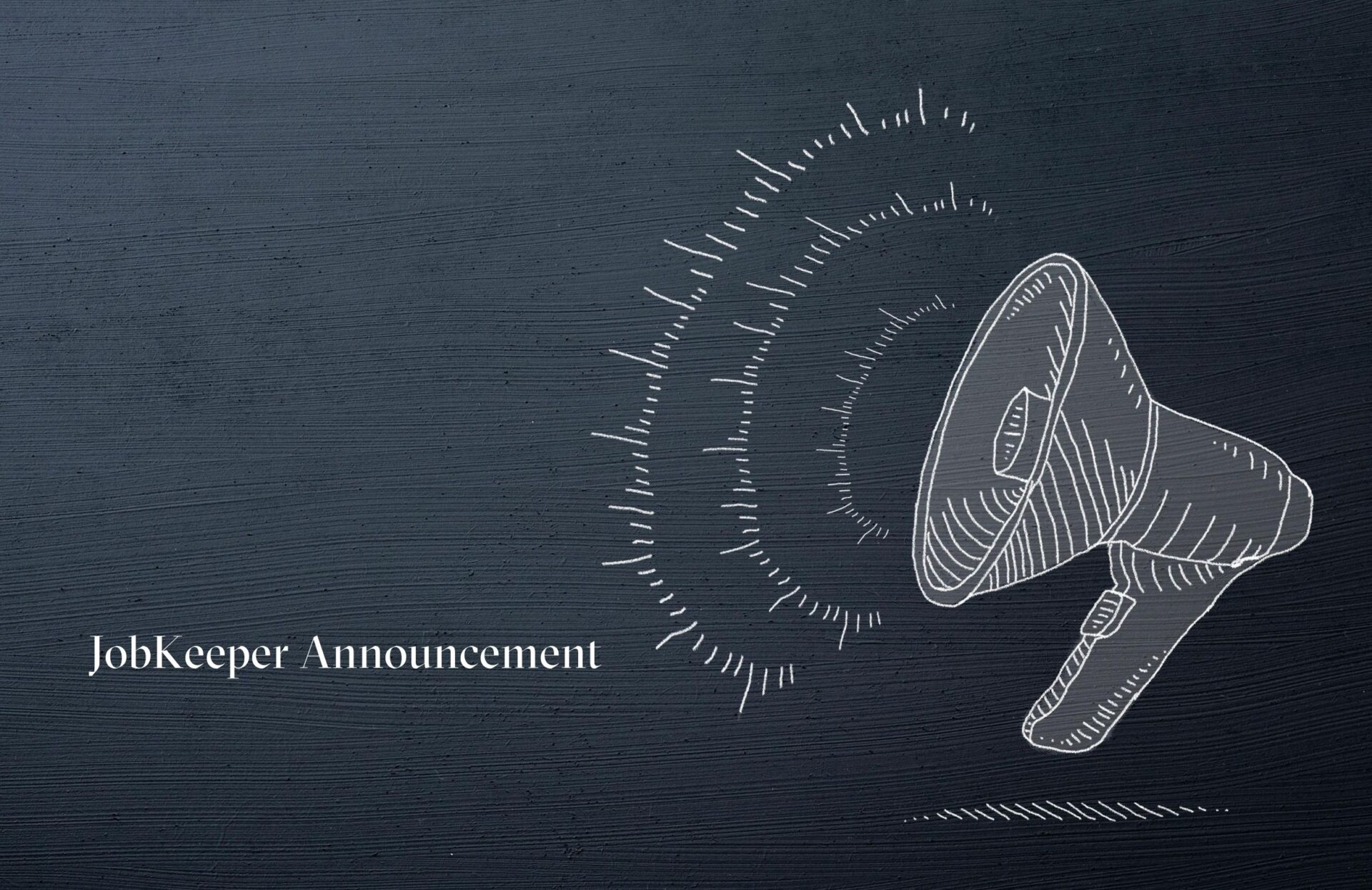In conjunction with the Legislative Instrument relating to JobKeeper 2.0 released earlier this week, the Commissioner late yesterday released a further three instruments, which collectively:
-Clarify the position on the calculation of actual GST-turnover; and
-Provide certain concessions for employees who may not have originally satisfied the “hours worked” condition.
Whilst these instruments are welcomed and provide further clarity as to the operation of JobKeeper 2.0 (which starts in 12 days), we note that the Commissioner is yet to provide guidance regarding the eligibility of entities who originally qualified for JobKeeper under the “Alternative Test” measures. This is now urgently required.
As with our prior announcements of the JobKeeper 2.0 rules, we have provided a FAQ summary of the latest announcement.
Our entity has prepared its GST-turnover comparison calculations in alignment to our BAS disclosures. Is that correct?
In short, yes it will be. The GST system generally relies on a concept known as GST attribution. For most entities, this revolves around invoicing (accruals accounting) or payment (cash accounting).
The instrument allows entities to rely on their BAS disclosures regarding GST when assessing further eligibility to JobKeeper.
What if our entity supplies goods / services, the timing of which isn’t reflective of our BAS disclosures?
Provided the documentation is available to substantiate these calculations, this method can also be utilised. The Commissioner has provided the concession to rely on the GST disclosures in the BAS, however these are not required to be used.
We note that this would be an unusual situation, which would require additional compliance and record keeping should the ATO query this assessment in the future.
How does our entity calculate GST-turnover when it makes both taxable and GST-free supplies?
In short, carve out the GST amount payable by the entity.
As an example, let’s consider an entity which makes supplies of $510 in a period, of which $110 is a taxable supply and $400 is a GST-free supply.
The GST-turnover would be $500 (total GST-inclusive supplies of $510, less the $10 of GST).
Our entity expects to make adjustments relating to prior periods in our September 2020 BAS. Are these included in the comparative analysis for JobKeeper?
No. Additionally, input-taxed supplies are excluded as has been the case with previous JobKeeper rules.
For charities which excluded their government revenue for JobKeeper purposes, these supplies will also be excluded.
What if our GST registration status changed/ceased/commenced in the relevant assessment periods?
The instrument provides guidance for a number of difference scenarios. The overall rationale tends to revert to a consistent methodology across both the comparative and assessment periods.
Our employee regularly works 80 hours in a given 28 day period, however for whatever reason this didn’t happen in either assessment period. Can the Higher Rate apply for this employee?
Yes, provided the most recent “representative” period passes the test.
For example, an employee was on unpaid leave for both the February and June 2020 periods. If say the employee worked for all of January prior to taking leave in February 2020, this test is likely to be satisfied.
If the employee was on leave for longer from say December 2019 to February 2020, it appears you can go back to November 2019 to find a representative assessment period.
What if our entity does not have readily ascertainable calculations of the hours worked by our employees?
The relevant instrument provides a number of concessions, but only if hours are not readily ascertainable (as in, if you know the hours of your employees, you cannot use these concessions).
These concessions enable the “hours worked” test to be met where:
-An employee received more than $1,500 in the 28-day reference period (excluding JobKeeper top-up amounts). This is aimed at employees who are remunerated on piece rates or similar rather than a periodical payment methodology (eg hourly rate / annual salary with expected hours etc);
-An employee has a contract or award which requires the employee to work at least 80 hours in a particular reference period; and
-Reasonable assumptions can be made about an employee’s hours – an example would be where a full-time employee works 40 hours a week, however all records are lost due to a natural disaster.
What about the rules regarding business participants and religious practitioners?
Similar rules apply with some slight adjustments to reflect the different JobKeeper provisions which apply to these scenarios.
We will continue to provide updates as more information is announced.
As always, if you require assistance regarding these changes to JobKeeper or have questions regarding how it will impact your business, please do not hesitate to reach out to your ESV Engagement Partner.








